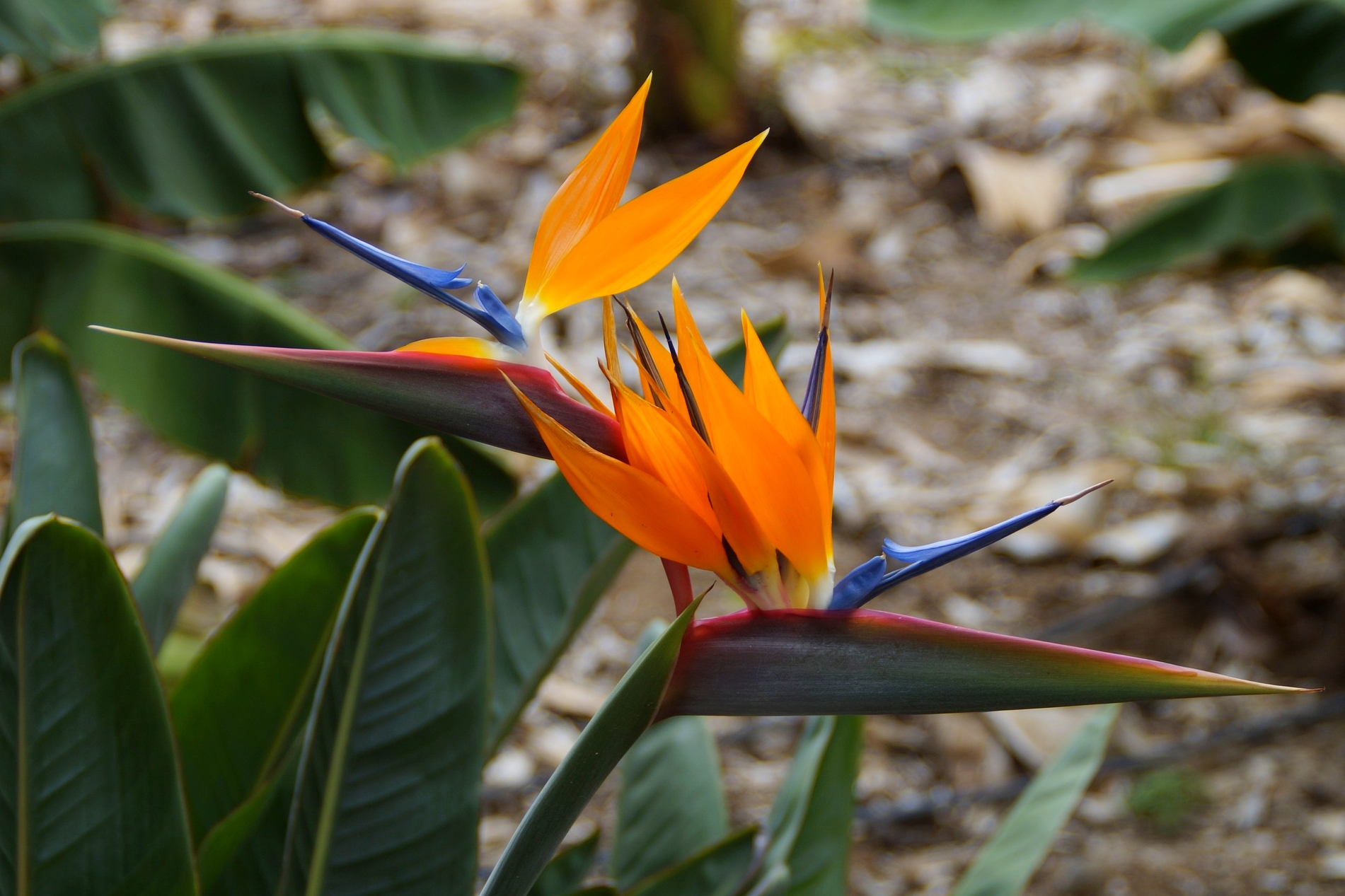
How to Plant, Grow, and Care for Bird of Paradise Plants
ADVERTISEMENT
I discovered a BOP growing in my shrub. Roots exposed and a flower. Can I pull it out and plant it?
Yes, you can transplant bird of paradise! Just be careful while digging around the plant and try not to damage the roots too much.
Does BOP need to be post bound to Bloom? Mine is about 3 years and has never bloomed.
Bird of paradise doesn’t need to be pot bound, but some folks report that it flowers more readily when its roots are a bit restricted. The main reason why bird of paradise don’t bloom is insufficient lighting. They need to be exposed to bright light year round in order to produce flowers.
I have had a bird of paradise for several years and have yet to see a flower. I am in NC so keep it in the greenhouse in the winter and out in the summer. What is my problem?










Comments